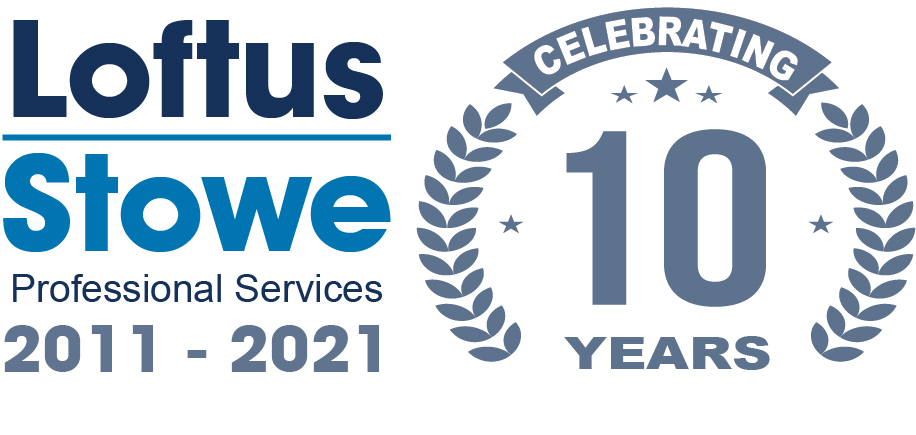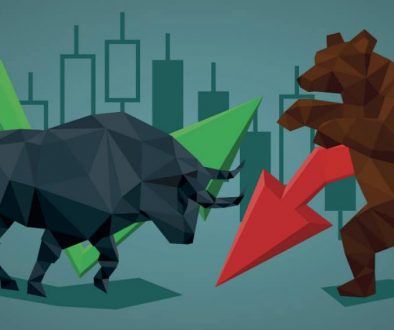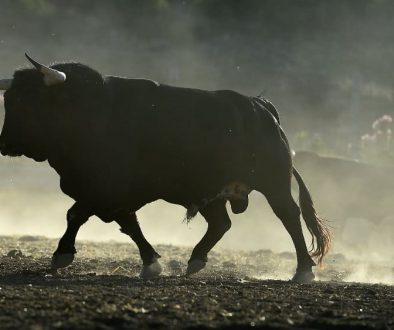 I took a look recently at AstraZeneca, and was impressed to see an overall trebling in value over the past 10 years if all dividends were reinvested.
I took a look recently at AstraZeneca, and was impressed to see an overall trebling in value over the past 10 years if all dividends were reinvested.
The FTSE 100s other big pharmaceuticals company, GlaxoSmithKline (LSE: GSK) (NYSE: GSK.US) hasnt been doing quite so well for one thing, it hasnt had its shares boosted by takeover fever.
A 20% gain?
If youd invested 10,000 in GlaxoSmithKline shares 10years ago, youd have been paying around 1,191p apiece and at that price you could have bagged 839 shares (ignoring dealing costs).
Now, the share price has only gained 21.5% over the period, and your ten grand would have grown to 12,149. While that might have matched cash in a savings account, we really expect better from investing in shares.
But that doesnt include dividends, so what would those have added?
Rising dividends
GlaxoSmithKline has actually been paying pretty decent dividends, starting the period offering yields of around 3.5%. But that started ramping up in 2007 as the share price fell a little, reaching 5% by 2009 and yields have remained close to that level since.
One thing that does mean is that dividends alone would have easily been enough to beat cash sitting in the bank, without any share price gain!
Earnings per share (EPS) can be a little volatile, but even when EPS didnt cover the dividend in 2010, Glaxo maintained the cash payment from its own resources and EPS was back up to normal the next year.
Another five grand!
In total, GlaxoSmithKline would have paid you an extra 4,971 in dividends, taking your total to 17,120 and a 71% rise is starting to look reasonable.
But what if, instead of taking and spending your cash handout each year, you had reinvested it in more Glaxo shares?
Before we look at that, let me mention a thing called pound cost averaging its a fancy term that just means youll get more shares for the same money over a period when the price dips and recovers than if it had remained flat.
For Glaxo, what that means is that youd have added just 24 new shares at the end of 2004 when the price was around 1,440p, but by 2007 when it had dropped to 1,210p youd have scooped up 40 of them.
A decent result
Anyway, with dividends reinvested, youd be ending the decade with 18,594 and an 85.5% gain is really nothing to be sniffed at, especially for a share that has actually lagged the FTSE a little over the period (but with better than average dividend yields).
Finally, would it surprise you to hear that 1,000 invested in shares in 1899 would now be worth a cool 149,000? But that’s if you kept and spent your dividends. We’ve already seen what reinvesting the cash did for GlaxoSMithKline investors — and that same 1,000 in shares in 1899 with all dividends reinvested would have reached a staggering 22 million by today!
If you like the sound of that, a copy of the Motley Fool’s brand new report, How You Could Retire Seriously Rich, is just what you need!
Click here to learn more and pick up some top ideas to enhance your personal wealth.
Alan Oscroft has no position in any shares mentioned. The Motley Fool UK has recommended GlaxoSmithKline. We Fools don’t all hold the same opinions, but we all believe that considering a diverse range of insights makes us better investors.





